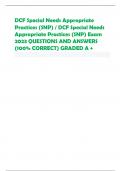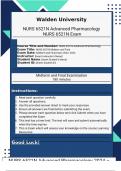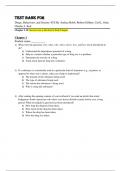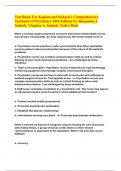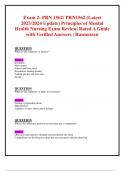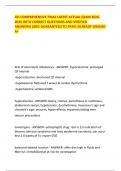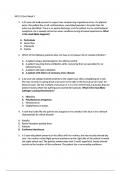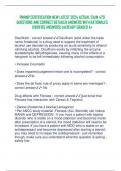Exam (elaborations)
CCT - Practice Test Questions with 100% Actual correct answers | verified | latest update | Graded A+ | Already Passed | Complete Solution
- Institution
- All Summer Modules Studies 2024
CCT - Practice Test Questions with 100% Actual correct answers | verified | latest update | Graded A+ | Already Passed | Complete Solution
[Show more]




